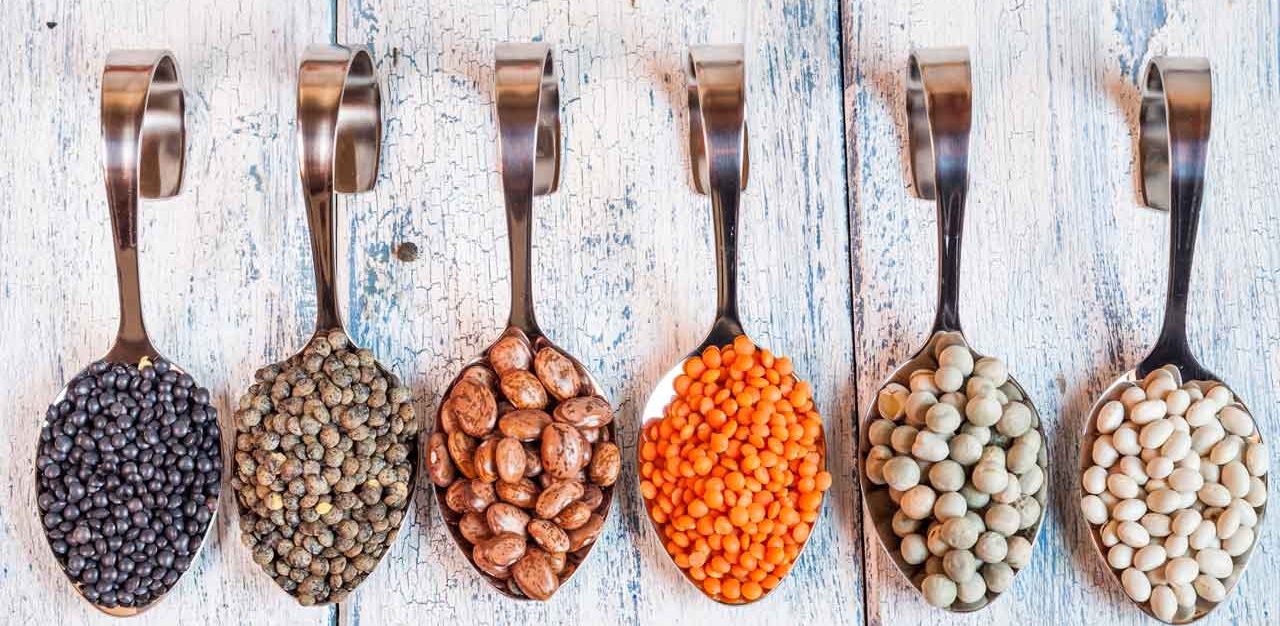Foods that Lower Blood Pressure

Foods that lower blood pressure include those low in sodium and rich in potassium, calcium, and magnesium. Plus, one of the foods you can eat is chocolate.
Any diet that includes chocolate, olive oil, pistachios, and low-fat Greek yogurt is an easy one to follow. These are just a few of the foods that lower high blood pressure and help with kidney failure, peripheral vascular disease, and other ailments.
YOU MIGHT ALSO LIKE: How to Lower Your Blood Pressure
How to lower blood pressure
The trick is to eat these foods in moderation and to avoid foods that are high in saturated fats and salt. Limiting, not cutting out, alcohol and caffeine will also keep your blood pressure in the healthy range; that healthy range is when the top number is between 90 and 120, and the bottom number is between 60 and 80.
The National Institutes of Health devised the DASH (Dietary Approaches to Stop Hypertension) diet. The first step is lowering your salt intake. The American Heart Association recommends consuming fewer than 1500 mg of sodium per day.
If you like salty foods, look for low-sodium versions of your favorite snacks and eat them in moderation. You can also substitute salt with fresh herbs, spices, lemon juice, infused oils, caramelized onions, and garlic.
If you love chocolate, you’re in luck. Dark chocolate is a food that has been linked to lowering blood pressure. According to one study, eating dark chocolate and cocoa products reduces high blood pressure because these foods are rich in flavanols, which widen blood vessels and ease blood flow.
Foods that lower blood pressure
- Low-fat dairy products. Zero- and low-fat are the words to look for when you purchase dairy products. One study found a link between eating low-fat dairy products such as yogurt and milk and a reduced risk of high blood pressure. The study did not include cheese. If you enjoy cheese, look for low-fat varieties and limit your intake. Scientists believe that peptides and other compounds found in low-fat dairy products help to lower blood pressure.
- Flaxseeds. These tiny nutty-tasting seeds can be added to salads, low-fat yogurts, and whole-grain breakfast cereals. Doctors found that eating flaxseeds lowers blood pressure because they contain alpha linolenic acid, lignans, peptides, and fiber, which are compounds that are good for you.
- Olive oil. A study from UC Davis found that olive oil can lower blood pressure and has other benefits, too. Olive oil is not good for you but also been shown to lower blood pressure.
- Beets. They’re sweet and can be roasted, baked, or even stir fried. Add them to a salad or drink the juice. It’s the nitrates found in beets that lower blood pressure.
- Pistachios. Sprinkle them on your salads or just eat them as a snack. Look for pistachios that are lightly salted. It’s believed that pistachios can reduce the constriction of peripheral blood vessels, which lowers blood pressure.
- Fresh fruits and vegetables. They’re packed with vitamins, minerals, and fiber, which help in reducing hypertension. Some fruits and vegetables also contain potassium, which helps to balance your sodium intake, thus lowering your blood pressure.
- Salmon and other fatty fish. According to the American Heart Association, fish is an excellent source of protein, is low in saturated fat, and contains omega-3 fatty acids, which have been shown to lower blood pressure.
- Whole grains. Eat whole grains to lower your blood pressure. They’re high in vitamins and fiber, which help cleanse your system. Whole grain cereals can make you feel full, meaning you’ll eat fewer calories, too.
- Beans. Beans are another great source of fiber, and they are high in potassium. When buying canned beans, look for the low- or no-sodium varieties. You can also purchase dried beans; make sure to soak them in water overnight before cooking.
If you are changing your diet, talk to your doctor for guidance and more heart healthy suggestions.
YOU MIGHT ALSO LIKE: Lower Your Blood Pressure with Lifestyle Changes
Updated:
March 02, 2020
Reviewed By:
Janet O’Dell, RN